Dali (大理) is one of the most popular destinations in Yunnan. Don’t miss this post if you want to visit the old capital of the Nanzhao kingdom.
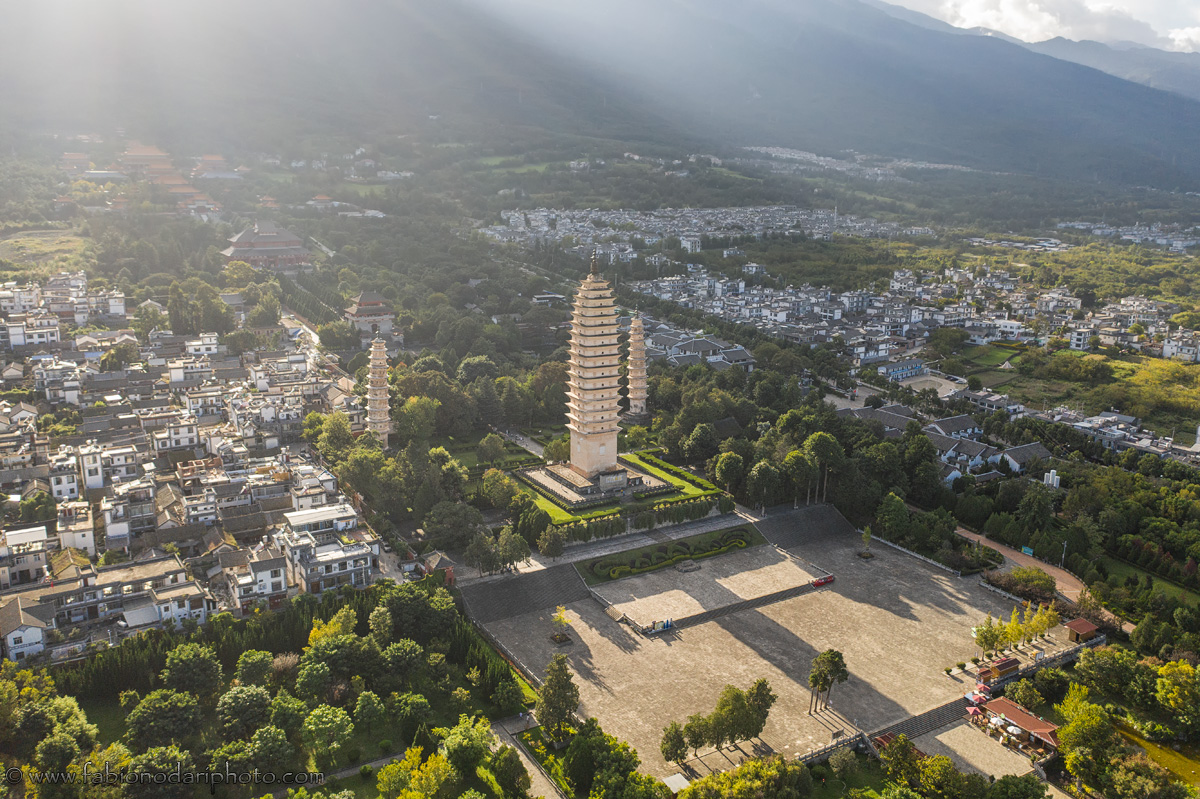
In my blog, I have often talked about Yunnan, one of the most beautiful provinces in China. But my list of places to visit can’t be complete without mentioning Dali, the ancient capital of the Nanzhao kingdom, and the old capital of Yunnan (don’t miss my Yunnan travel guide).
Dali is a city with a millenary history. Located at a strategic point along the ancient Tea Horse Road (also known as the South Silk Road), it is naturally protected by the Erhai Lake on one side and the Changshan Mountains on the other (whose peaks reach about 4000 meters). Despite being about 2000 meters above sea level, the climate is mild all year round, and the land is fertile. Dali is the most important centre for the Bai minority, one of the largest in China and Yunnan.
The Bai population (Bai means white in Chinese) is famous for their ability to work silver and marble and for being able to create many incredible decorations. Bai houses are generally white, with beautiful paintings on the exterior walls. A whole book would not be enough to talk about the Bai culture, so the best thing to do is visit Dali and Lijiang.
Things to see in Dali
The old town of Dali
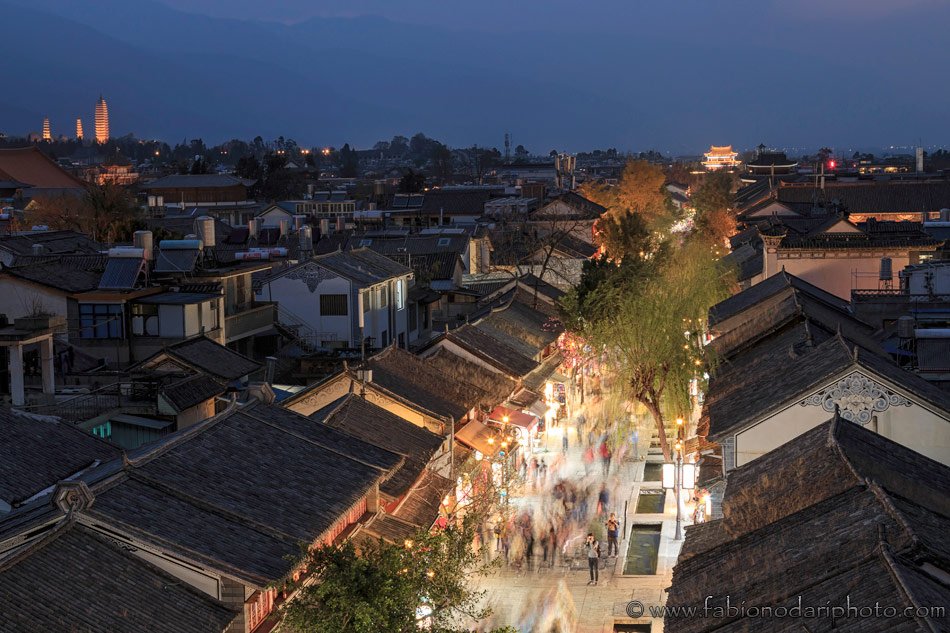
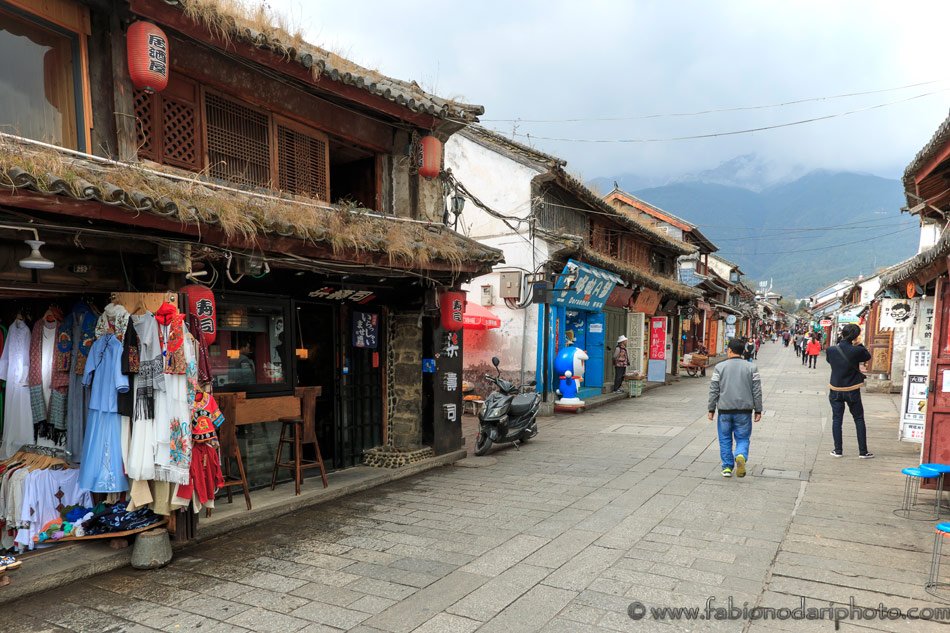
Dali’s main attraction is the old town, one of the few in China surrounded by walls. Unlike Lijiang, Dali is a little more authentic because there are still many families living there. For a panoramic view, I recommend a walk on the walls to enjoy the view of the lake on one side and the mountains on the other.
The two main streets within the city are crowded and full of shops, but if you start wandering around a bit, you will see immediately why many agree that Dali is more authentic than Lijiang. My suggestion is to find accommodation in the old town.
The three Pagodas
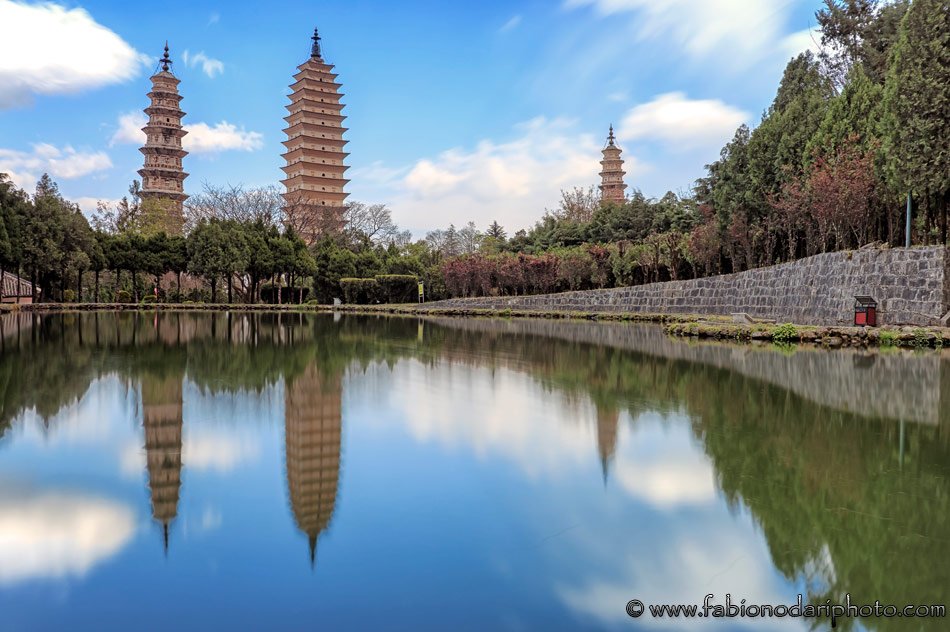
The three pagodas are a complex of temples about 1.5km from the old town of Dali. They can be reached on foot or by taxi. Apart from the three pagodas, you’ll find a complex of temples, and it takes at least a couple of hours to see them all. The three pagodas are different from most other religious buildings in China because they are truly ancient (unfortunately, after the cultural revolution in China, many ancient buildings have been destroyed).
If you want to know more about the Three Pagodas, you will find more info here. Don’t miss the small pond on the right side of the pagodas walking towards the mountain, where you can photograph the three pagodas reflected in the water.
A visit to the houses of the craftsmen
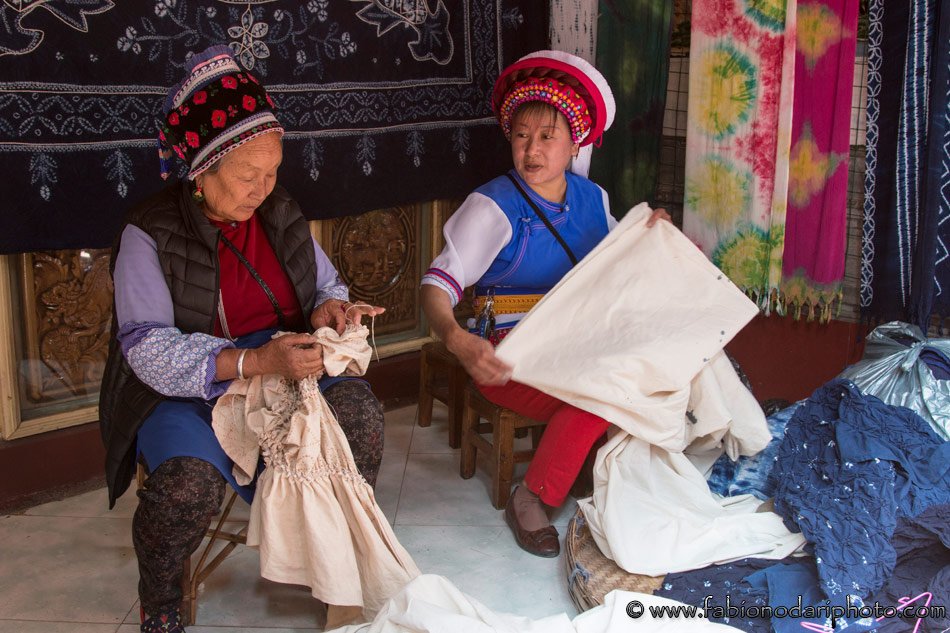
As I said at the beginning of the article, the Bai are excellent craftsmen, and their fame is well deserved. In the Dali area, you can see different forms of craftsmanship. The most interesting one is the processing of Batik fabric. There are different methods to achieve the same objective: colouring the fabric.
In Guizhou Province, the Miao minority uses wax, while in the surroundings of Dali, Bai women sew the fabric in such a way as to create a design that will not absorb the colour during the next stage of the production process.
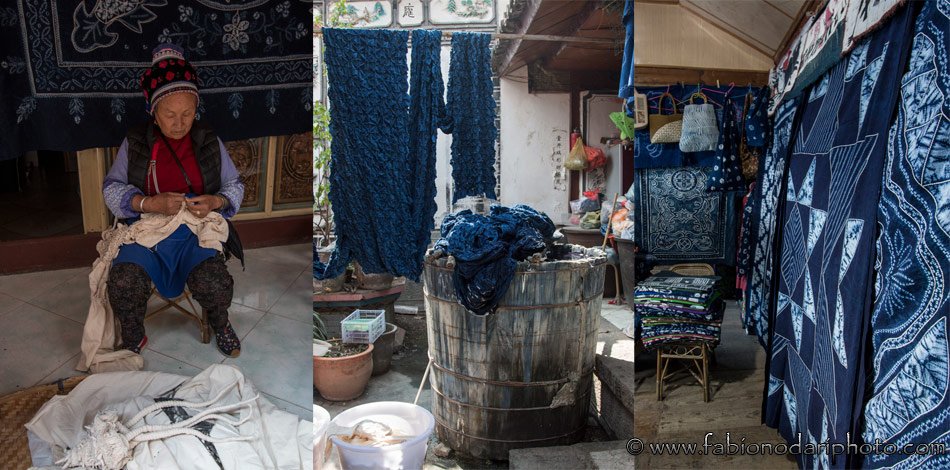
It is a fascinating process that requires much work and demonstrates again that there is much to discover in China.
China is the home of silk, and seeing with my own eyes the process that has remained a secret in the rest of the world for centuries was very exciting.
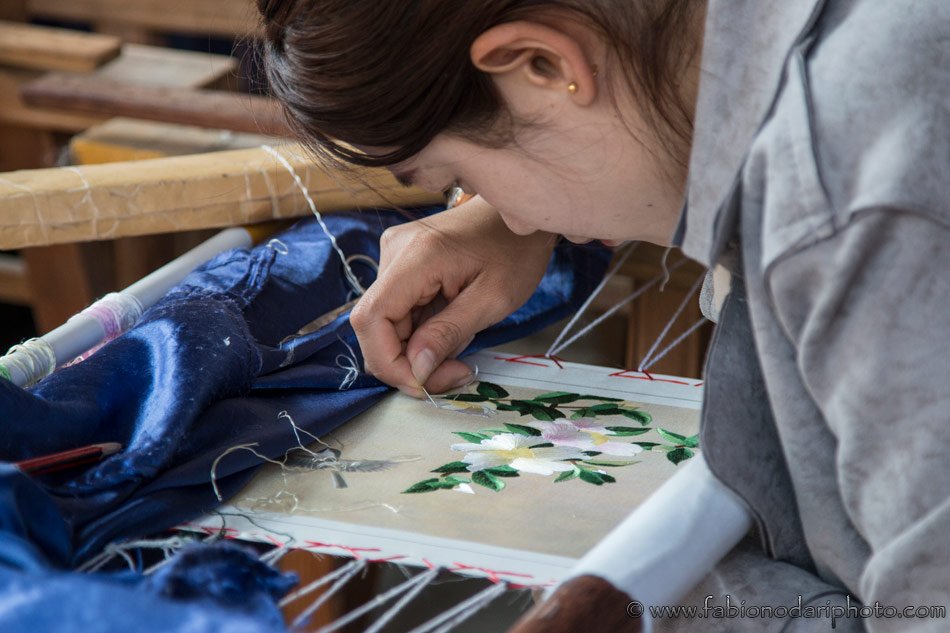
The paintings created by those who know how to work silk are art masterpieces and, as such, have very high prices. One of the paintings had a price of 13000€ and took 13 months to make.
A visit to the local markets
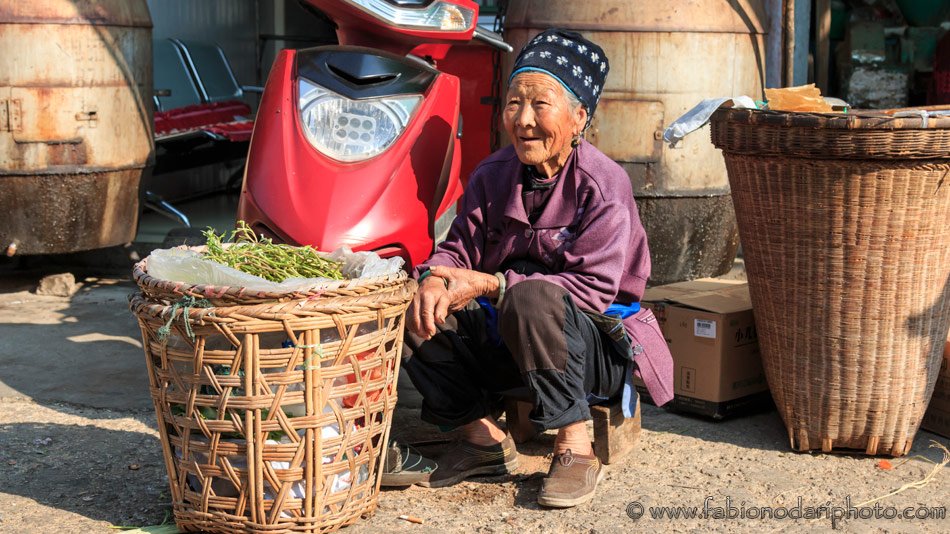
If you’re used to visiting Asia, visiting a local market is not a fundamental experience. If, on the other end, this is your first time, I recommend doing it. It is always interesting to see how local people live, and the market is the ideal place. I visited the one in Xizhou, which is not open every day. I recommend you contact a local agency for accurate information, as I said in the previous paragraph.
A day trip to Shaxi (沙溪)
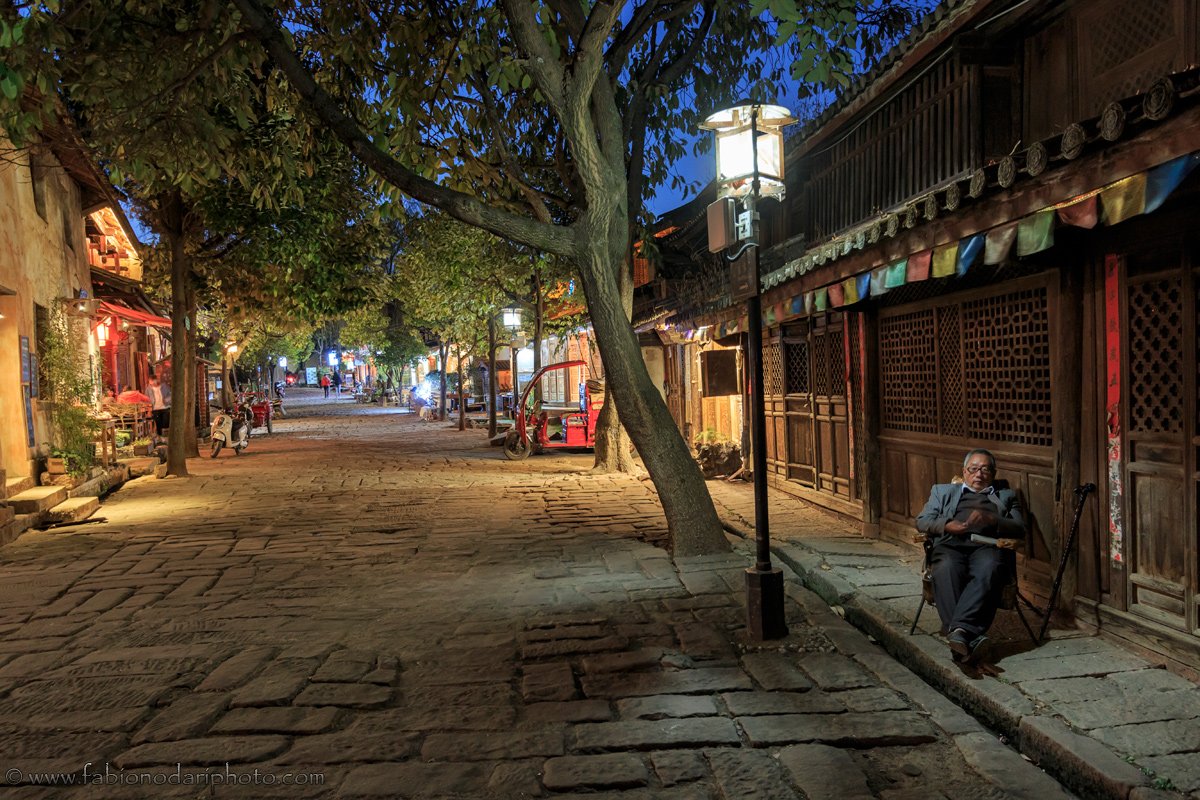
Halfway between Dali and Lijiang, you can find one of the best-preserved old towns along the ancient South Silk Road, also known as Tea Horse Road: Shaxi. If you have enough time, don’t miss it!
Final considerations and tips
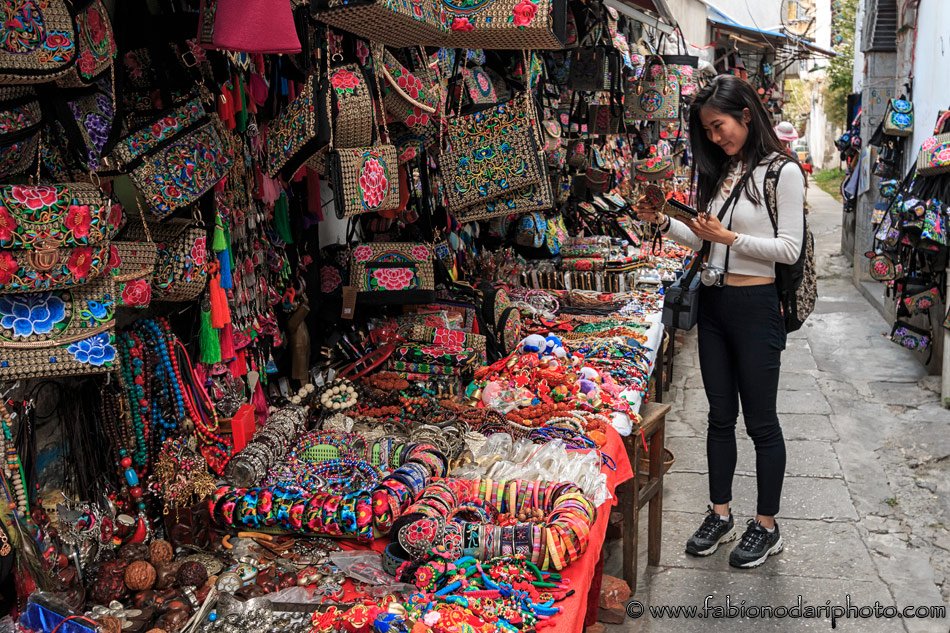
Dali is a place worth a visit for first-time visitors to Yunnan. But even if you’ve been there before, it’s still nice to come back occasionally to enjoy rural Chinese life without sacrificing comfort.
Getting there is very easy as there are many trains and buses departing from Kunming every day. One very important thing to remember is that Dali is divided into two parts: Dali Old Town (the one I talked about in this post) and the new city of Dali called Xiaguan. All means of transport, or almost all, arrive in Xiaguan and NOT in Dali Old Town. From there you must take a taxi to the Old Town 10 km away.
For the accommodation, I recommend Trip.com since it has way more options than other search engines.
To conclude, before visiting China, get a VPN, or you will lose access to all social media and Google, including Gmail.
Here, you can find more pictures I took in Yunnan. Here is my complete travel guide to China, and here is my two days guide to Shangri-La.



Thanks a lot for this post.
Beautiful pictures.
Thanks!
Oh I love the history and its culture as well. I have been a big fan of swordplay Chinese dramas and movies for so many years, especially the transformed works from novels of Kim Dung. Among a bunch of amazing novels. Tian Long Ba Bu makes the strong impression on me with the presence of Da Li country. Thanks so much for your sharing!
Interesting! Thanks for your comment!